Most retailers sell on Amazon, that is they list their products onto Amazon’s marketplace, when they sell they either ship the products direct to the consumer or in some cases may pre-ship in bulk to Amazon’s warehouse and let Amazon fulfil orders (FBA).
There is however another way, although it’s a bit of an exclusive club. That’s when Amazon invite you to become a supply and become one of Amazon’s vendors. Similar to FBA, vendors ship in bulk to Amazon’s warehouse and simply replenish stock as requested but in this instance Amazon is the merchant of record.
So which is best? If you get invited to be an Amazon vendor should you jump straight in, or would you be better off remaining as a seller on Amazon? The guys at PeopleVox have put an infographic together to help you decide:
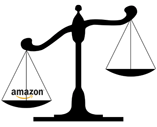
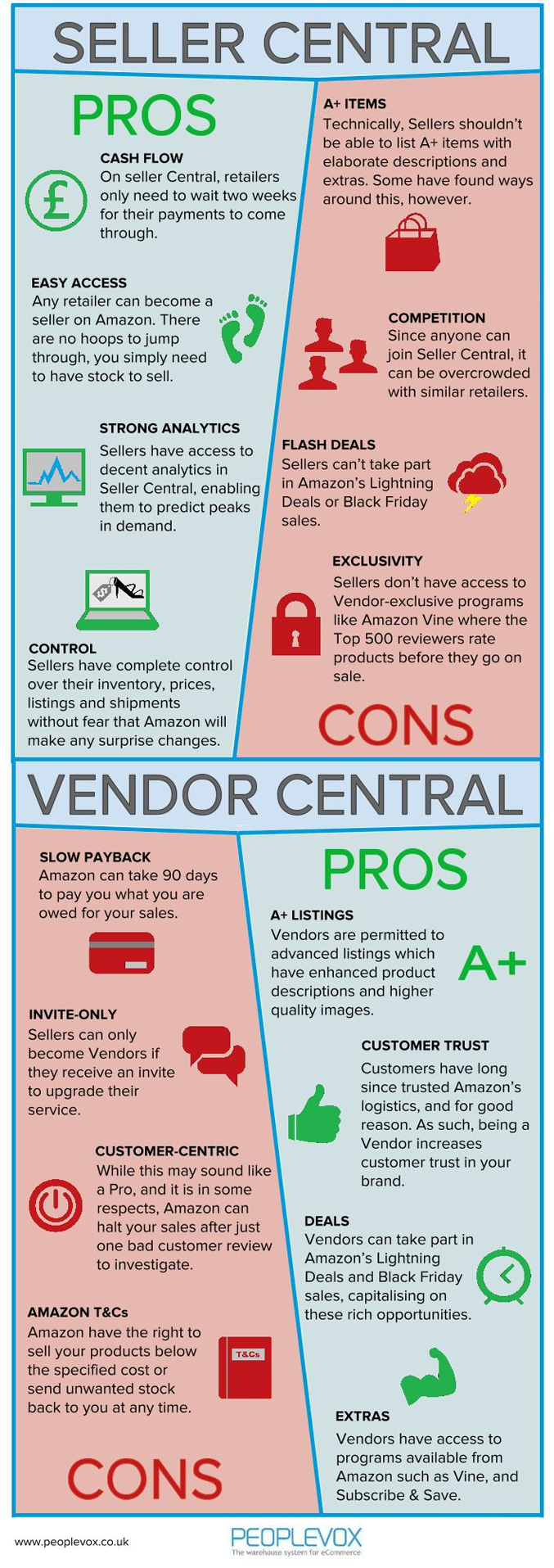
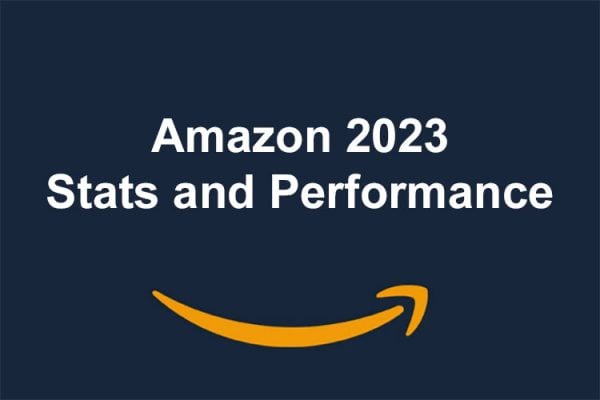


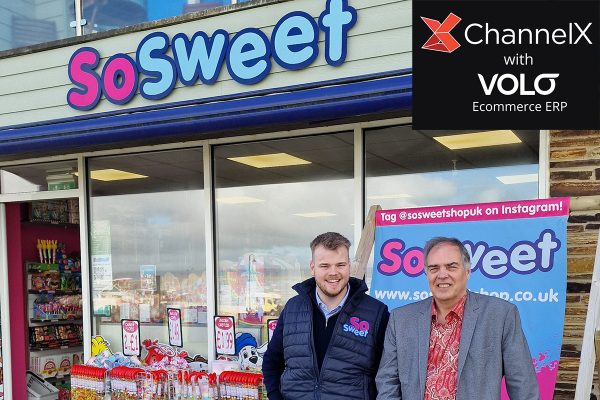

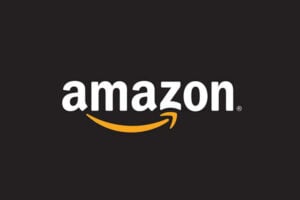




5 Responses
I think most of this is fairly obvious, i think the key to this is quite simply profit, can you make more profit selling to consumers yourself or selling to Amazon, and that is a difficult thing to work out. You will be selling at trade price to Amazon so it becomes a game of volume.
Trying to work out profits based on estimated volume increases etc is all quite a challenge, its why i ignored our offer to meet Amazon as a potential vendor, real examples of what a company has acheived moving over to vendor central would be much more of an insight and much more helpful, does any tamebay reader have any first hand experience with vendor central? Was it the right move for you?
i can add some major Cons:
you’ll lose ALL of your current internet resellers.
we tell our suppliers up front; if you’re intending to sell to amazon, just drop our account. we’ve absolutely zero interest in going head-to-head with amazon, we know we cant win.
– and it wont be long until amazon beat your price down to half what we were paying you for it.
Hi
We supply into Amazon on behalf of both Vendors and FBA’ers. Vendors tend to get good prices from Amazon. Amazon do not demand silly prices as much as you might think. Volumes tend to be very good from Vendors and FBA’ers alike.
The issues that our Vendor retailers encounter is that Amazon will prefer certain stock and not be flexible in switching to higher stocked items. For example you stock 1 item in 2 colours. Amazon promote the Blue one and you sell out quickly, POs keep coming in for the Blue which the retailer cannot fulfil. The other colour is Navy and yet Amazon are reluctant to promote even though it is well stocked and very similar in colour.
The other issue for FBA’s is the work load involved in replacing barcodes into the Amazon codes and if necessary bagging as well. This can take considerable time and you are also subject to previous listers getting things wrong. This is particularly problematic around clothing when using EU / UK sizing.
There is no prefect way of working with Amazon, you have to choose what is best for your business / products. You simply cannot ignore the audience!!
Sam
We started as an Amazon marketplace seller in 2012, by mid 2013 they had approached us to use them as a Vendor which we agreed too. At that time, we have 4 of the top 10 ranked listings in the LED category, after 9 months, we had zero within the top 100. We promptly withdrew from Vendor Central and returning just to Marketplace.
Two majors cons to add to the list:
You have zero control over what price Amazon sell at. This is ultimately what ruined our sales rankings. We made sure the price we sold to Amazon at allowed for a healthy 40% mark up over our cost price to them, yet they marked up 200% which made the item uncompetitive and promptly ruined sales. We have never fully recovered from this.
Amazon also expect you to send stock to up to 6 different distribution centres, at your cost. This will result in PO’s coming through for tiny quantites at the start to go to each distribution centre, this has to be factored into pricing as they expect you to cover the cost of getting the items to the warehouse.
In my opinion, if you have a product that commands a reasonable amount of revenue, ie, over £30 and delivers good profit, then it is worth considering. Anything cheaper than this though just isn’t worth the hassle.
Our Marketplace Sales in 2012 were £260,000.
In 2014 after using Vendor Central were £104,000.
Because of this experience, we have completely ruled out the idea of FBA too, even though it probably now puts us at a massive disadvantage to our competing profits.